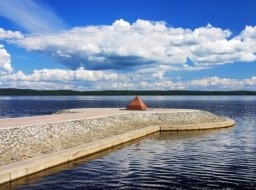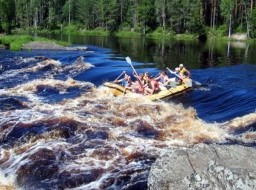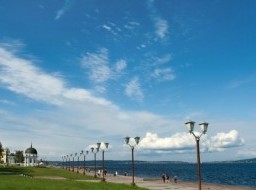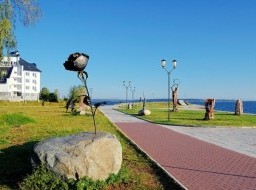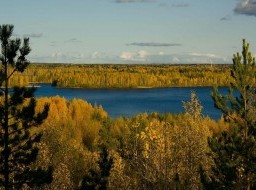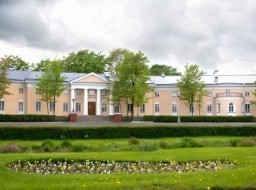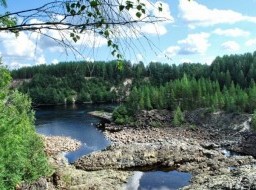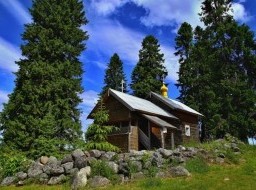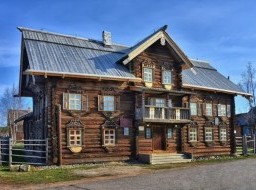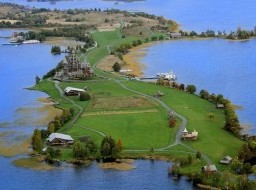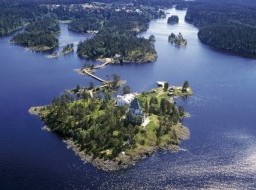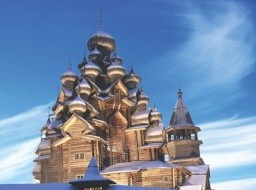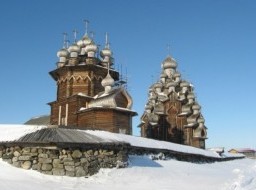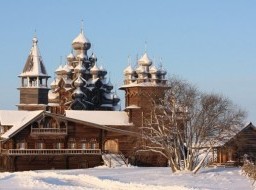Kirillo-Belozersky Monastery
The Kirillo-Belozersky Monastery was founded in 1397 by the monk Cyril, the most famous of the disciples and followers of Sergius of Radonezh.Cyril came to the shore of the Siversky lake at the age of 60 years and died at the age of 90. He was famous for many miracles and soon after his death was canonized. The Reverend's relics are "buried" in the church of Cyril of Belozersky, the exposition of the museum preserves things that are associated with the name of the saint. The high spiritual authority of the founder of the monastery and other Cyrillic elders made the northern monastery the place of the royal mantis. In the Kirillo-Belozersky monastery received contributions from Basil III, Ivan the Terrible, representatives of the Romanov dynasty, many princes and boyars. Among the contributions were land holdings, money, precious icons, books, utensils. Rich contributions made it possible to create a grand ensemble from the end of the 15th century to the end of the 17th century, the structure of which includes the Great Assumption, the Small Ivanovo Monastery and the so-called New Town. The Uspensky Cathedral occupies the central place in the ensemble of the Uspensky Great Monastery. It was erected in 1496 for five warm months by the artel of Rostov masons and became one of the first stone structures of the Russian North. The temple strikes with elegance and subtlety of exterior decoration. Later, smaller churches were added to the walls of the cathedral. Each of them has its own interesting history. The grandiose refectory with the Church of the Introduction draws attention. The size of the chamber gives an idea of the number of monks who participated in a joint meal during the heyday of the monastery. In addition to the temples on the territory of the Great Monastery, the buildings of the 16th-17th centuries, connected with the monastic economy (state chamber, dried), as well as the premises where the monks lived: archimandrite cells, monastic buildings were preserved. There is also a hospital complex of the XVII century, consisting of two large chambers, connected by a passage and overlapped by a common roof. Chambers are connected with the tent hospital hospital Evfimiya. Near it are the Water Gates with the Church of the Transfiguration above them. Here was the front entrance to the monastery from the side of the lake. Behind them was a convenient small cove, which included river vessels. Today in the monuments of the Assumption Monastery there are museum expositions: Old Russian art, folk art, archeology, the history of the monastery. Fine collections of ancient Russian painting, facial and ornamental sewing, manuscript and early printed books, decorative and applied art give the museum-reserve a special significance and uniqueness. A special atmosphere of appeasement is inherent in the territory of the Small Ivanovo Monastery. Here, attention is drawn to two structures, revered as local shrines: a chapel and a canopy over Kirill's dug-out. According to the legend, the monk himself built a wooden chapel. According to another legend, at the place where there used to be a "cell stabbed in the earth by the Monk Kirill", his followers hoisted a cross. In 1997, the territory of the Small Ivanovo Monastery was transferred to the Church for the resumption of monastic life. The territory of Cyril's monastery increased significantly in the 17th century, when the construction of the walls and towers of the New City began, one of the strongest fortresses of that time. Preparation for the erection of the walls began even before the royal decree, issued in 1653, and lasted about a quarter of a century. In the decree, Tsar Alexei Mikhailovich declared that the creation of the New City was a matter of state importance. The king allocated 45,000 rubles for building the walls. Patriarch Nikon called the Kirillo-Belozersky monastery "a great sovereign fortress". |

